SeaWorld’s Shamu show provides such substantial benefits to killer whales in the wild and to the entire ocean that it would be tragic to shut it down.
Killer whales in the wild face habitat and prey depletion, and the International Institute for Conservation of Nature is unable to get specific data on the numbers in the wild.
The SeaWorld Entertainment Inc. facilities contain the majority of killer whales in captivity with SeaWorld investing $70 million in their facilities in the last three years according to SeaWorld’s website.
Killer whales’ behavior places them in a uniquely vulnerable situation. As apex predators they have no natural predators, and damage to a species on their food chain undercuts their food supply. Meaning damage to the ocean is likely to impact these whales.
They are frequently exposed to humans due to their hunting range being in close proximity to the shoreline. With humans come pollutants, and killer whales have been found with dangerous levels of human-made pollutants from salmon consumption, according to the Institute of Ocean Sciences in Sydney.
For the killer whales in the Pacific Northeast, salmon makes up 96 percent of their diet, placing them in direct conflict with fishermen according to the National Marine fisheries service.
The killer whale is in peril along with the ocean. SeaWorld is a research leader on killer whales, according to its website. Its research uncovered critical information about whales’ metabolism, reproductive habits, communication and much more. This research is a valuable tool to help the killer whales.
SeaWorld has provided animal rescue services, according to its webpage, since 1963. For example, in 2000 Sea orld helped to save more than 20,000 oiled penguins.
SeaWorld stepped up for the Exxon Valdes oil spill, hurricane Katrina and the BP oil spill. On top of that SeaWorld created a conservation foundation in 2003 to which they have donated $10 million.
There is a need for the services that SeaWorld provides, and shuttering the Shamu show would undercut those programs. If not money from SeaWorld then from where? We live in financially strapped times and funding for environmental protection and research needs everything it can get.
On top of that, the whales in captivity are treated humanely. According to their website, SeaWorld has not collected a killer whale from the wild in 35 years, the whales live as long as ones in the wild, and they are not separated from their mothers.
In getting people to attend the parks, SeaWorld not only gets funding for noble purposes. It fosters an emotional connection in attendees with the animals making them more likely to donate to philanthropies and to lobby politicians for environmental causes.

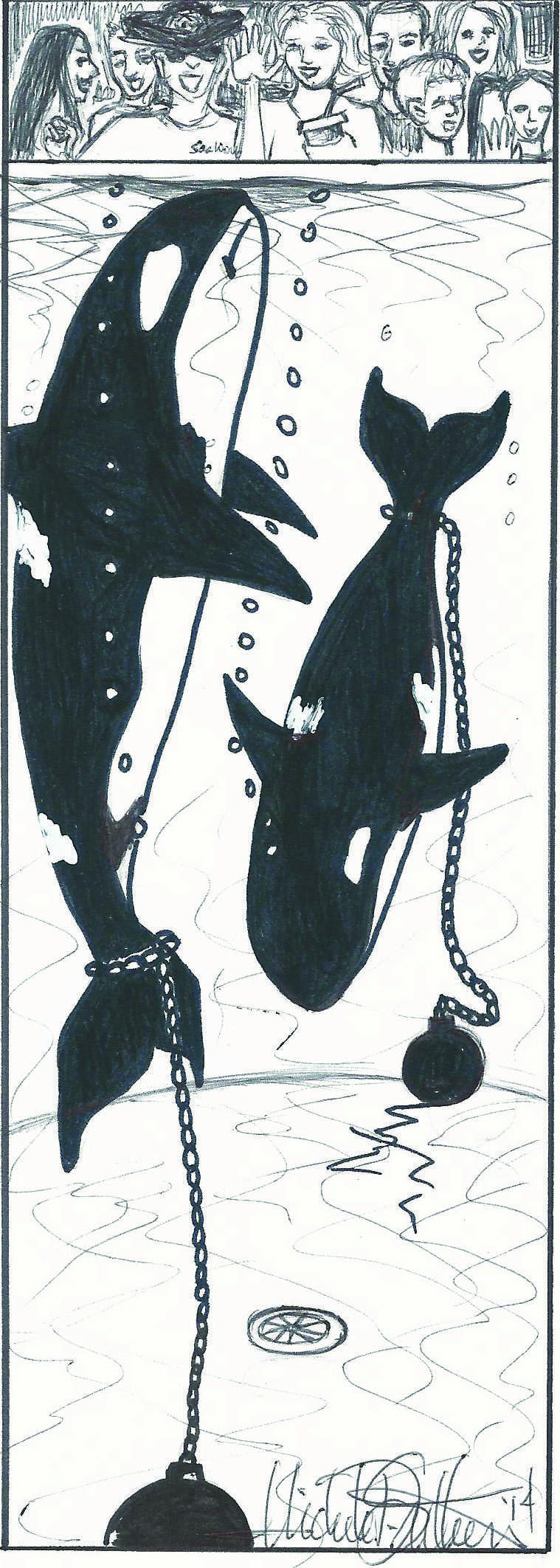

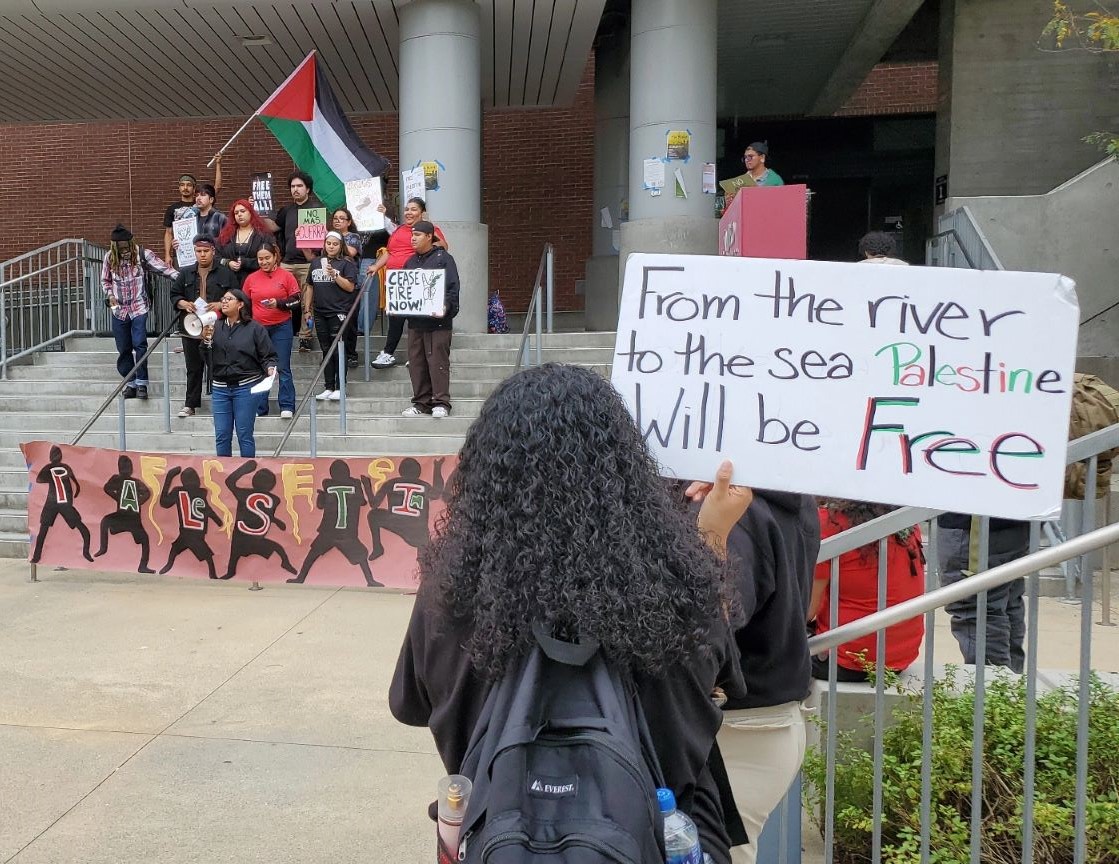
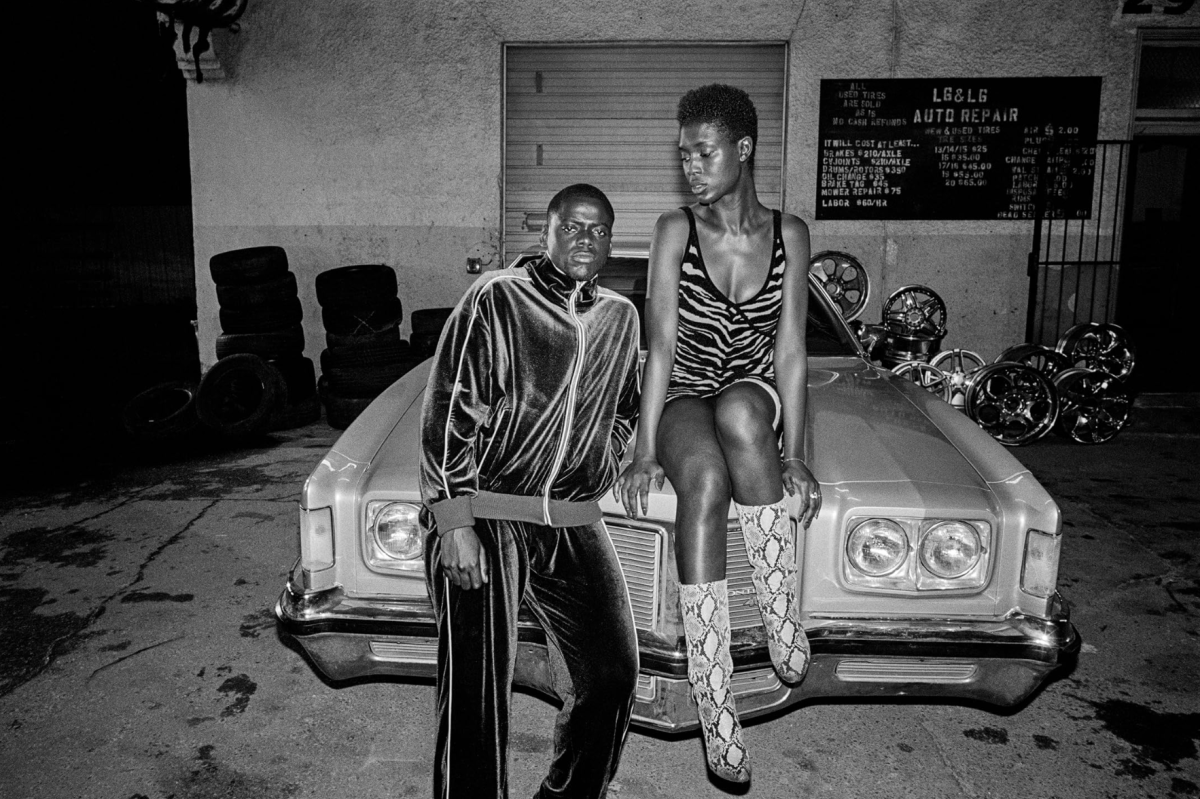
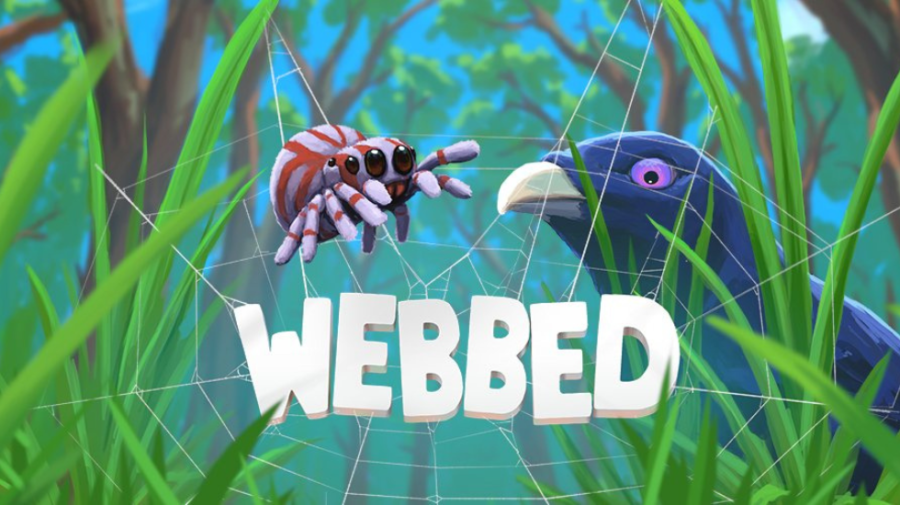
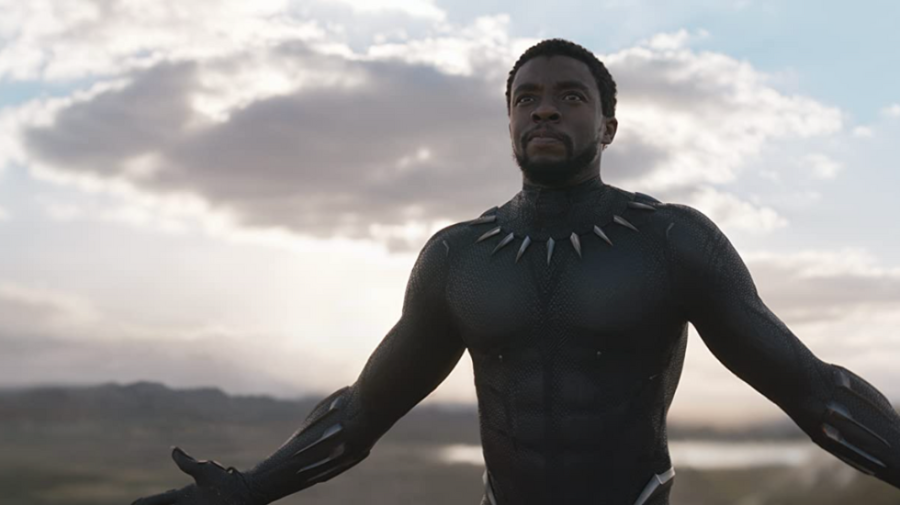


Jim Light • Apr 22, 2014 at 6:57 am
This article shows very little research on both sides of the issue and basically repeats propaganda from SeaWorld. That is like believing the old tobacco ads claiming their research showed smoking does not affect health.
SeaWorld keeps multiple orcas in tiny concrete pools devoid of any flora or fauna of their natural habitats much too small to house a single 2- 6 ton apex predator that in the wild would swim 100 miles per day, dive to 1000 feet, spend more than 70% of its time underwater and live in large family pods their whole lives. One need look no further than the collapsed dorsal fins, ground down, drilled teeth, and short lifespan of SeaWorld orcas to see the orcas are not doing well in SeaWorld’s concrete orca Aushwitz’s.
As to SeaWorld’s conservation efforts: in 2013 a single small non-profit in San Pedro rescued 200 more sea mammals than all of SeaWorld’s parks combined. And if SeaWorld REALLY cared about marine mammal population preservation why are they party to an application to import 18 belugas caught off of Russian? NOAA denied the application because 5 of the beluga were still nursing when caught and the taking represents an unsustainable impact on that population of beluga whales. Does’t sound very preservation/conservation minded does it? Actions speak louder than marketing propaganda.
joseph bedrosian • Apr 18, 2014 at 12:21 pm
So u guys like to talk without doing your research huh
John Hargrove • Apr 18, 2014 at 12:04 pm
How much longer will you believe SeaWorld’s lies? I worked 12 of my 14 years in animal training and killer whale training at SeaWorld. They haven’t collected since 1978 because of public outcry and now because of forced artificial insemination which they do unnaturally young and dangerously short intervals. And yes they absolutely still separate mothers from their calves. They took 5 of 7 of Katina’s calves from her. They took Takara from her mother, then took each of Takara’s first two calves from her. They took Keet and Tuar from their mother Kalina and Unna from Katina and the list goes on. Wake up people and get the facts. I was there. I know.